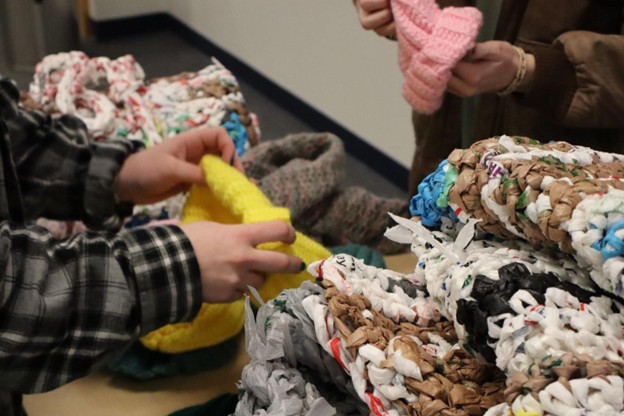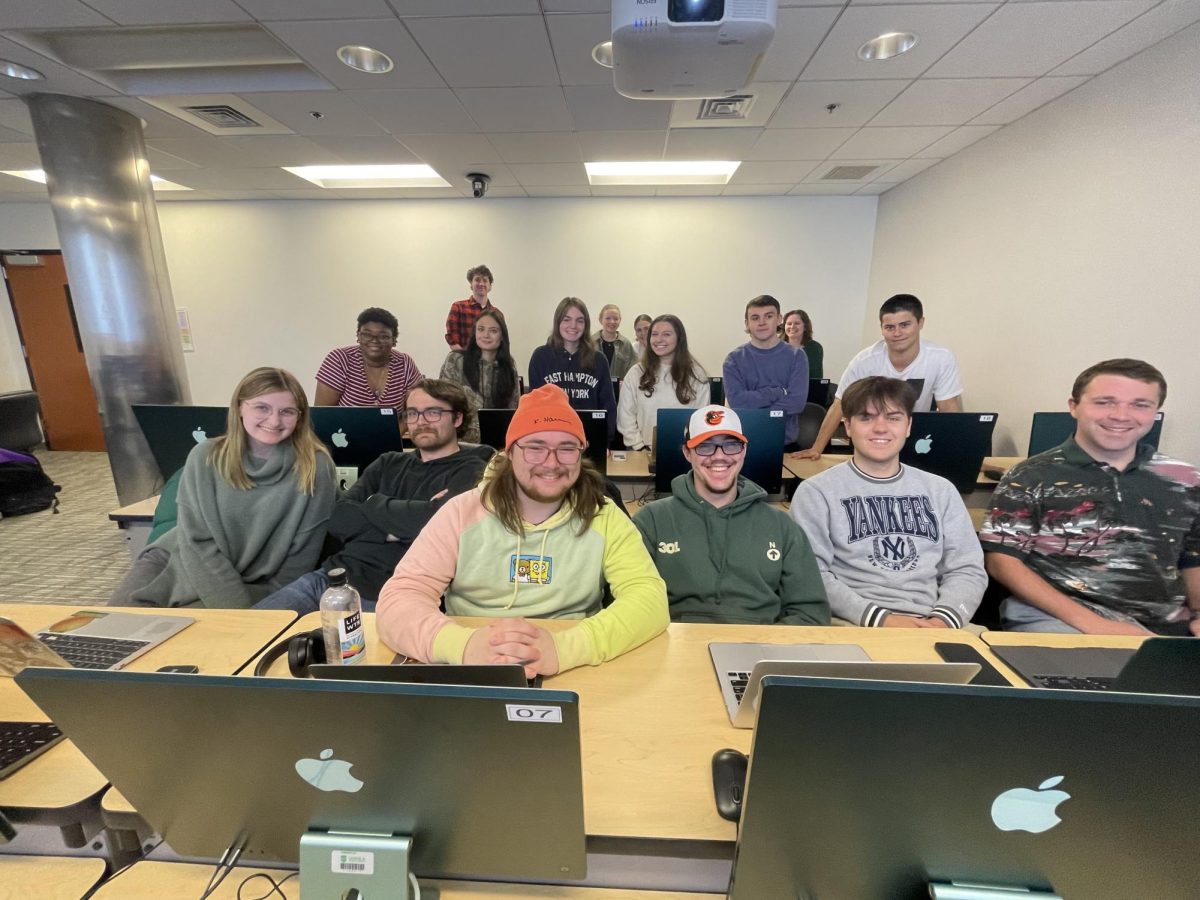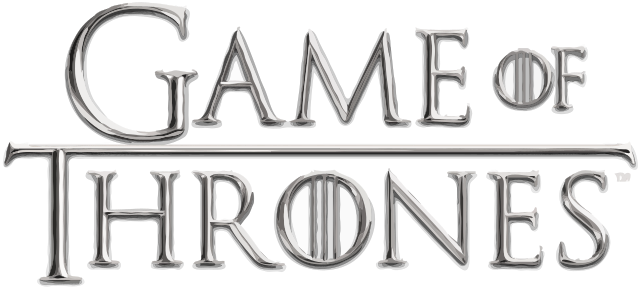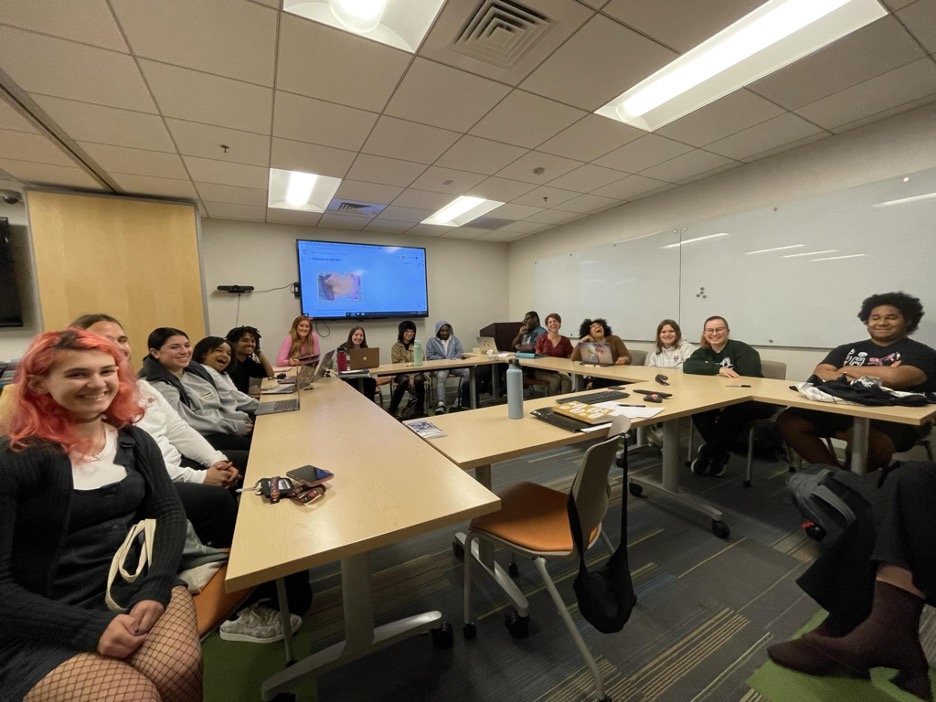The students who attended “The Roman Soldier as Living History” lecture, sponsored by the Classics Department in Knott Hall this past Thursday, were transported back to a time in which influential Roman rule spanned across three continents. Matthew Amt, professional Roman legionary reenactor, welcomed the Loyola community to his discussion on the importance of looking to the past for precedent, learning from our mistakes, and basking in the glory of our successes. Amt has been in this profession for over 20 years. He has traveled to schools nationwide to educate people on how everyday Roman tools contributed to their efficient military prowess and implementation of technical battle strategy.
The lecture began with two mystery artifacts passed around the room for everyone to examine. These artifacts were of common household use by a majority of individuals in the ancient Roman Empire. Each artifact was made by Amt himself or other Roman reenactors. In the creation of these historical artifacts, Amt and the other designers adhered to precise details from primary texts and murals. At the end of the lecture, Amt revealed that one of the mysterious pieces was used as a form of Roman toilet paper and the other was used to clean the body while bathing.
Amt also introduced ancient clothing styles and the typical dress attire of the Roman male. They would often wear tunics that came in an array of colors and decorations, similar to the versatility of modern business attire. The Romans had a distinctive cut of sandal in order to adhere to principles of practicality and style. Many styles were created with nails on the underside of the shoe for increased traction and as a military weapon if necessary.
“You’d also want these if you were going to the bathhouse for the afternoon,” Amt said about the functionality of the nailed sandals. “The bathhouse was heated by fires and the floor was too hot to walk on.”
The clothes that the Romans wore were often woven by hand using different fabrics. The quintessential Roman toga was unfurled before the audience in its full glory by Amt on one end and a student volunteer on the other.
“[The toga] is made of a lightweight white or off-white wool and Cicero tells us how it goes on. We have lots of statuary, there are all sorts of illustrations of people back then wearing various things wrapped around them, and you could tell very instantly from how it’s hung or how the coloration was whether it was a toga or wrapped cloak,” Amt said.
Values of wealth and the prestige that came with lavish amounts of physical wealth were embedded into the Roman culture, and the right to be able to wear the classical toga displayed your mark of citizenship. Amt then moved on to the armor he had brought and put on a replica of the padding and then the steel chest plate and helmet that the Romans would adorn in battle. The reinforcement of this intricate gear allowed the Romans to fight with uncaged ferocity and as a result, conquer so much of the world in so little time.
From ancient artifacts to ancient Roman clothing, the Romans, as Amt said, were incredibly successful in both military and daily life. These ancient people act as role models for current society and for generations to come. For more information, please visit https://www.larp.com/legioxx/


















































































































